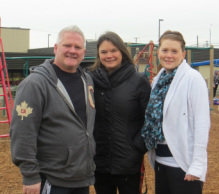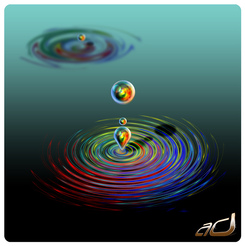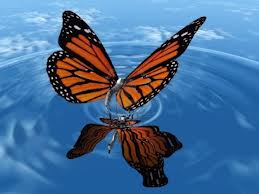All About Us!

The three of us are currently teachers at Willoughby Elementary in Langley, BC. In the fall of 2012, we decided to try a new approach to buddies. We took our three classes and created multi-age inquiry groups. Together, we have faced the challenges and successes that come with allowing students to explore their personal inquiry! Together we easily saw the cracks, but worked cooperatively to discover the light coming through.
Let Us Know What you Think!
Barry KroekerI am currently teaching in a grade 4/5 classroom with a wide variety of skills and needs. I went into this project blindly, not clear on what I was getting myself into. I was frustrated with "traditional" buddies in which my students simply got together with their buddy class and created a craft or played together. Although this nurtured the relationships between older and younger students, the actual learning was limited at best. The result of this frustration I was experiencing was a lack of enthusiasm from my part and we would only get together for special occasions. In comparison, the inquiry groupings have engaged weekly in real conversation based on common interests. My class is now upset if we for whatever reason cannot get together with our buddies and they value their time with them. Although we were faced with challenges we initially did not foresee, we adapted and persevered. In fact, we modeled what the students were experiencing and collaborated on a regular basis. What I find most inspiring about this type of learning is the on task conversation that occurs between buddies. It has been great to observe the groups solving problems without the teacher or other adults getting involved. This experience has been incredibly valuable and I encourage all teachers to give inquiry based learning a chance in their classrooms. I believed all this in theory but my significant "Aha!" moment occurred during the final production of our video with the different groups. One group in particular, inquiring on the topic, "Dreams" articulated the value of the multi-age buddies as if we had written out the script for them (which we didn't).
In conclusion, although I went into this project not totally clear on what to expect, I found myself buying into the concept and value of multi-aged buddy projects and it will be a part of my teaching philosophy in the years to come. I have enjoyed going through this experience with two very dedicated and patient professionals. |
|
We are all teachers for School District #35. This website contains may external links.
School District #35 and the three of us, Bonny, Barry and Nadine, are not responsible for any outside content.
School District #35 and the three of us, Bonny, Barry and Nadine, are not responsible for any outside content.



